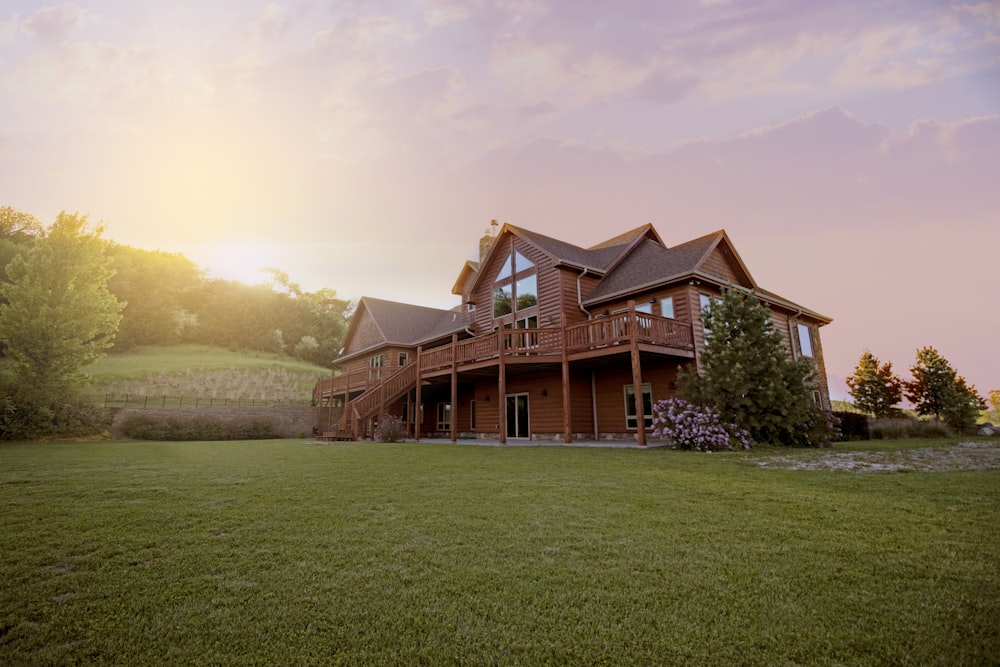Purchasing a home is thrilling, but the financial aspect may be daunting. Keep your chin up: Choosing between the many sorts of mortgage loans isn’t all that difficult if you know the terminology. You’ll have a better sense of what loan is appropriate for your needs once you’ve done your homework and established a budget and down payment amount, as well as examined your credit.
Conventional Home Loan
A conventional mortgage is a house loan that is not guaranteed by the government. Conforming and non-conforming loans are the two forms of a conventional loan.
A conforming loan simply indicates that the loan amount is within the Federal Housing Finance Agency’s maximum restrictions. Non-conforming mortgage loans are those that do not follow certain rules. The most common sort of non-conforming loan is jumbo loans, which are big mortgages that exceed the FHFA restrictions for individual counties.
On many conventional loan, lenders ask you to pay private mortgage insurance if you put down less than 20% of the home’s purchase price.
Jumbo Mortgages
Conventional mortgages with non-conforming lending limitations are known as jumbo mortgages. This indicates that the home’s price is more than the federal loan limit. In most of the United States, the maximum conforming loan limit for single-family homes in 2021 is $548,250. The ceiling is $822,375 in some high-cost neighbourhoods. Jumbo loans are more popular in high-cost areas and require more extensive documentation to qualify.
Mortgages Backed By The Government
Although the United States government is not a lender, it does play a role in assisting more Americans in becoming homeowners. The Federal Housing Administration (FHA loan), the United States Department of Agriculture (USDA loan), and the United States Department of Veterans Affairs (USDVA loan) are the three federal agencies that back mortgages (VA loan).
FHA loans — Backed by the Federal Housing Administration. These types of house loans make homeownership possible for individuals who don’t have a significant down payment or poor credit. Borrowers must have a minimum FICO score of 580 to qualify for the FHA’s maximum of 96.5 per cent financing with a 3.5 per cent down payment. However, if you put down at least 10%, a score of 500 will be approved. If you put less than 10% down on a home, FHA loans demand two mortgage insurance premiums.
USDA loans — USDA loans assist low- and moderate-income borrowers in purchasing homes in rural areas. To qualify, you must buy a property in a USDA-eligible location and meet certain income requirements. For qualifying borrowers with low incomes, some USDA loans may not demand a down payment.
VA loans — For members of the United States military (active duty and veterans) and their families, VA loans offer flexible, low-interest mortgages. VA loans don’t require a down payment or private mortgage insurance, and closing expenses are usually capped and may be covered by the seller. To assist mitigate the program’s cost to taxpayers, a financing fee of a percentage of the loan amount is imposed on VA loans. This fee, along with other closing costs, can be rolled into the mortgage.
Mortgages With A Fixed Interest Rate
Fixed-rate mortgages have the same interest rate throughout the term of the loan. Ensuring that your monthly mortgage payment remains consistent. Fixed loan are usually 15 years, 20 years, or 30 years long.
Mortgages With Adjustable Interest Rates
Unlike a fixed-rate loan, adjustable-rate mortgages (ARMs) have variable interest rates that can rise or fall depending on market conditions. Many ARMs feature a fixed interest rate for the first few years. Before switching to a variable rate for the balance of the term. Look for an ARM that has a ceiling on how much your interest rate or monthly mortgage rate can rise. So you don’t get into financial difficulties when the loan resets.



